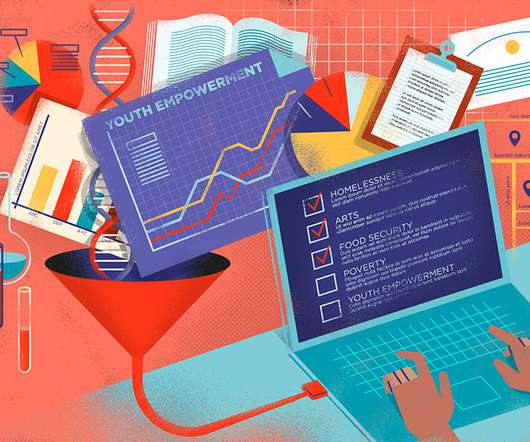Why the Social Sector Needs an Impact Registry
Stanford Social Innovation Review
SEPTEMBER 7, 2022
For decades, nonprofits, governments, philanthropies, and corporations have been dogged by how to measure social impact. Every nonprofit is left figuring out its own way to measure and report impact. ” Do-it-yourself measurement certainly is not good for cash-strapped nonprofits, who are drowning in data.


















Let's personalize your content